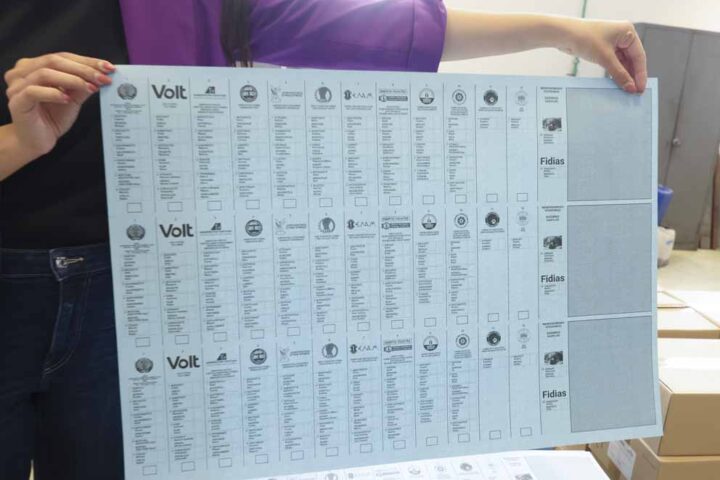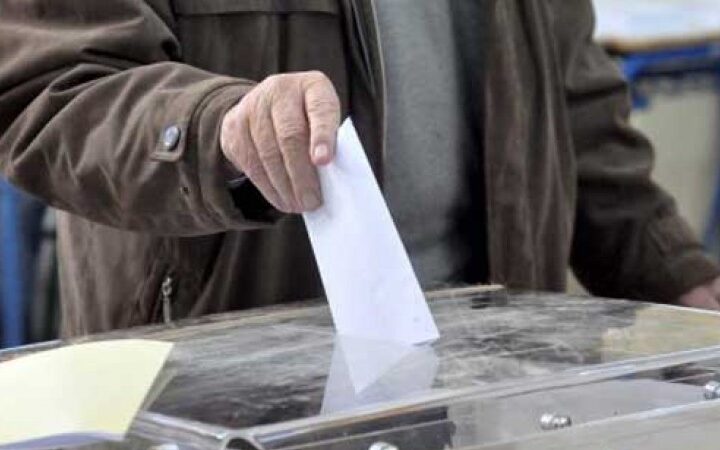As the year-end approaches, it's deja vu in global money markets.
Despite central bank liquidity provisions, government guarantee programs and bank recapitalizations worth trillions of dollars, money markets remain in a state of paralysis.
Some bank-to-bank lending has resumed in recent weeks but essentially the market remains frozen as battered banks hoard cash and fears persist more bad financial news lies ahead.
Nominal interbank lending rates may be much lower than 12 months ago thanks to swinging interest rate cuts. But the premium for that unsecured lending over anticipated policy rates is far higher — in the case of sterling almost twice as wide.
Before the credit crunch in the years of benign financial markets and low volatility, money market spreads often rose ahead of year-end but rarely much more than a few basis points.
Aggressive rate cuts and liquidity provisions may limit the impact of the end-of-year squeeze but most analysts say it may take until 2010 for money markets to be fully functional again.
Money markets are vital to keep credit and cash flowing between banks, financial institutions, investors and businesses. But they've been paralyzed to varying degrees ever since the credit crunch exploded in August last year.
Counterparty risk worries remain very high, against a backdrop of deteriorating economic data stoking fears that the world is drawing ever closer to an ugly recession.
Investors' bets on corporate default as measured by the iTraxx Crossover index — and even major governments' default via credit default swaps — have hit record highs this week.
The gradual improvement in money market conditions has ground to a halt following the collapse of Lehman Brothers in mid-September. Many key spreads have started to widen again over the last couple of weeks and banks are depositing large amounts of cash with central banks rather than lend it out.
While short-term lending rates between banks have more than halved from record highs seen in October, three-month rates are still high relative to official borrowing costs, showing banks still do not trust one another.
"It seems unlikely that cash hoarding and other non-commercial behavior will diminish materially ahead of the year-end," said Luca Jellinek, European rates strategist at RBS.
"Credit perceptions are even trickier so, although the shorter term spreads might tighten in a bit, it's also possible that we'll see a further squeeze to the upside in money market basis spreads," he said.
Anxiety about potentially unwelcome disclosures from the financial sector as the U.S. bank earnings reporting season gets under way later this month and into January could drive interbank lending back into the deep freeze.
A top Organization of Econommic Cooperation and Development official said this week the organization would not be surprised to see the failure of another big international bank and he saw a high risk of a global liquidity trap.
RECESSION FEARS
"All the numbers we have on the economy are getting worse in terms of the visibility of where the economy and earnings growth are going," said Kenneth Broux, financial markets economist at Lloyds TSB in London.
"It's deteriorating and if that's the case, there's no compelling reasons for the financial sector in general to start lending en masse," Broux said.
Key stress indicators measuring the gap between effective central bank rates going forward and prevailing interbank rates have been rising too.
The spread of three-month London interbank offered rates over overnight indexed swaps for sterling has expanded to historic wides over 200 basis points. This time last year, that spread peaked around 120 basis points.
Comparative spreads for dollars have also widened back above 180 basis points from around 80 bps before the demise of Lehman Brothers while that for euros has widened to 150 from 65 bps.
In December last year, the dollar spread peaked around 110 basis points and the euro spread around 95 basis points.
The spread is a gauge of banks' willingness to lend to each other: a wider spread indicates decreased inclination to lend.
The U.S. TED spread, the spread between 3-month treasury bills and inter-bank rates, has expanded to 200 basis points from 163 basis points last month.
Overnight deposits with the European Central Bank have also risen back above 200 billion euros as banks prefer parking funds with the central bank rather than lending to each other.
Underscoring that the worst is not yet over in money markets, ECB President Jean-Claude Trichet said pumping billions of euros and dollars into the system was still vital, and cutting back the amounts was still not an option.
Since mid-October, the ECB and the Swiss National Bank have offered unlimited funds at their main refinancing operations.
The Fed has also said it is extending the terms of three emergency liquidity facilities by three months until April 30 but the promise of all that extra support and further rate cuts has failed to unfreeze term lending.
"The transmission of their additional measures has been ineffective in encouraging term interbank activity," said Meyrick Chapman, an interest rate strategist at UBS in London.
"There is a need to cut rates now, but the more pressing need is to engineer a restart of term lending, so as to avoid further economic problems," he said.







